This post may contain affiliate links. This just means I may receive a small commission at no extra cost to you for helping them promote their product or service. I don’t endorse any services I don’t personally use or recommend.
Going on a safari is every wildlife enthusiast’s dream. The bucketlist trip of a lifetime. A safari through the red-clay roads and swollen Baobab trees of East Africa to see some of the most impressive megafauna still in existence on our planet. Tanzania, Kenya, Uganda, South Africa, Zambia, Rwanda, and more. Each African nation boasts unique safari experiences for intrepid travelers willing to brave the mosquitos and equatorial sun. But the neatly packaged and carefully planned itineraries you see online often come with an astonishing price tag. In fact, the average 7-day “budget” safari in Africa costs around $2,000 per person. And that’s on the budget end of the spectrum.
How can you make an African safari cheaper? More affordable to the savvy traveler?
Well, 99% of the time, the answer is independent travel. But in East Africa, when it comes to going on safari, is it actually cheaper to do it yourself?
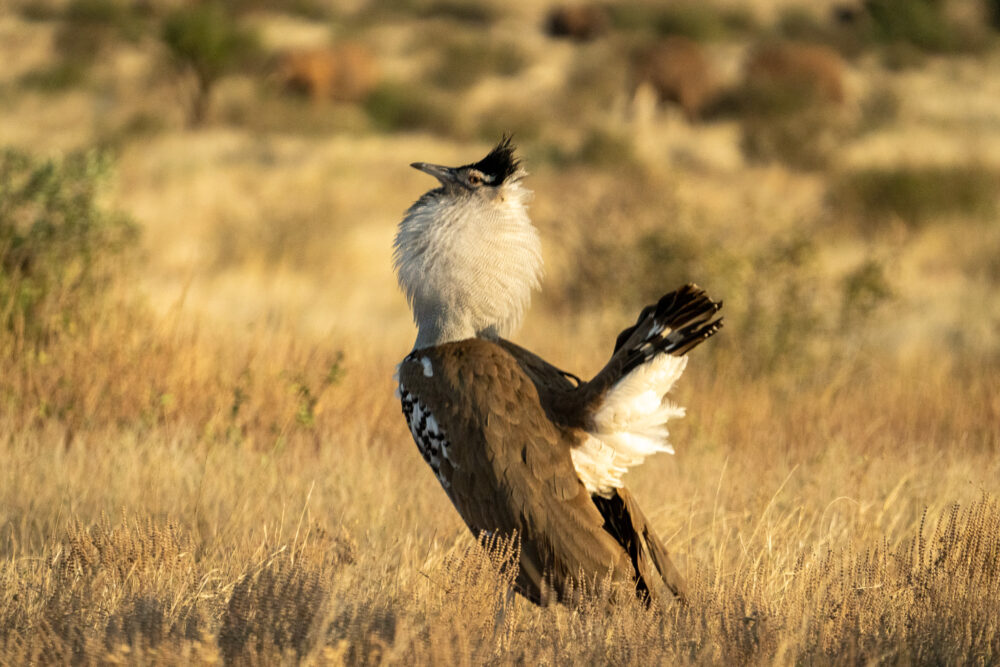
Why is a Safari So Expensive in the First Place?
The sad truth is that travel in East Africa is not “budget-friendly” by nearly anyone’s definition. I spent four months there, and it was by far the most expensive trip I’ve ever undertaken. This is because of the kind of tourism the continent tends to attract.
Note: This is strictly in reference to safari tourism. You can still visit the region for cheap; just don’t expect to enter the national parks or see much wildlife.
Affluent British, American, and generally European travelers embarking on the trip of a lifetime or honeymoon willing to spend tens of thousands to see the other side of the world. Itineraries are padded with 5-star hotels, 4-course meals, champagne breakfasts, and early morning hot-air balloon rides. Obviously, this doesn’t come cheap. On the opposite side of the spectrum, you can find 30+-person bus tours packed with gap-year travelers who are just as interested in drinking with their mates as spotting herds of wildebeest.
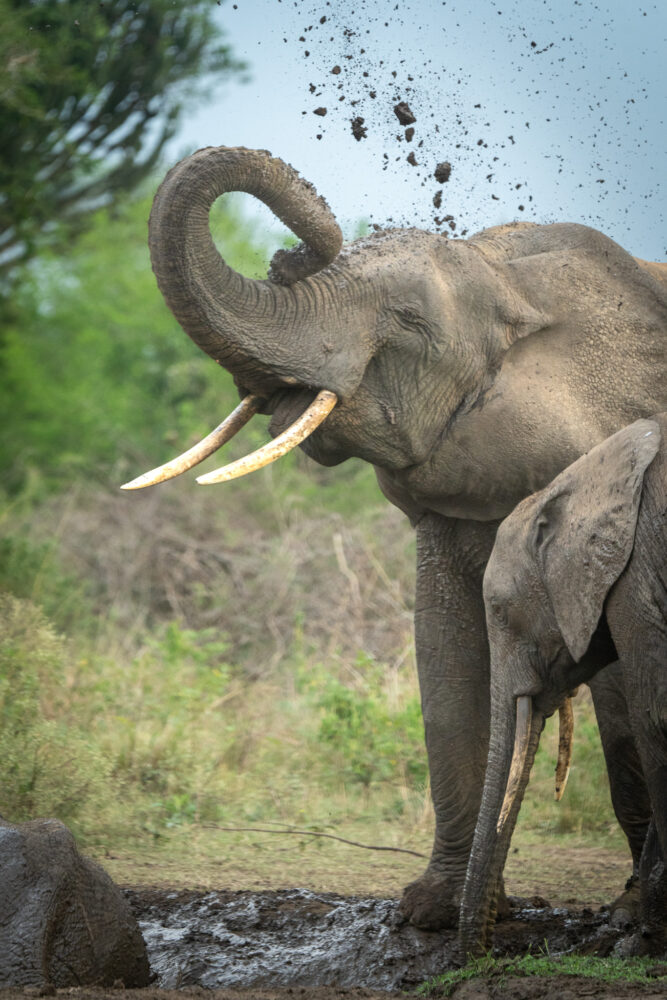
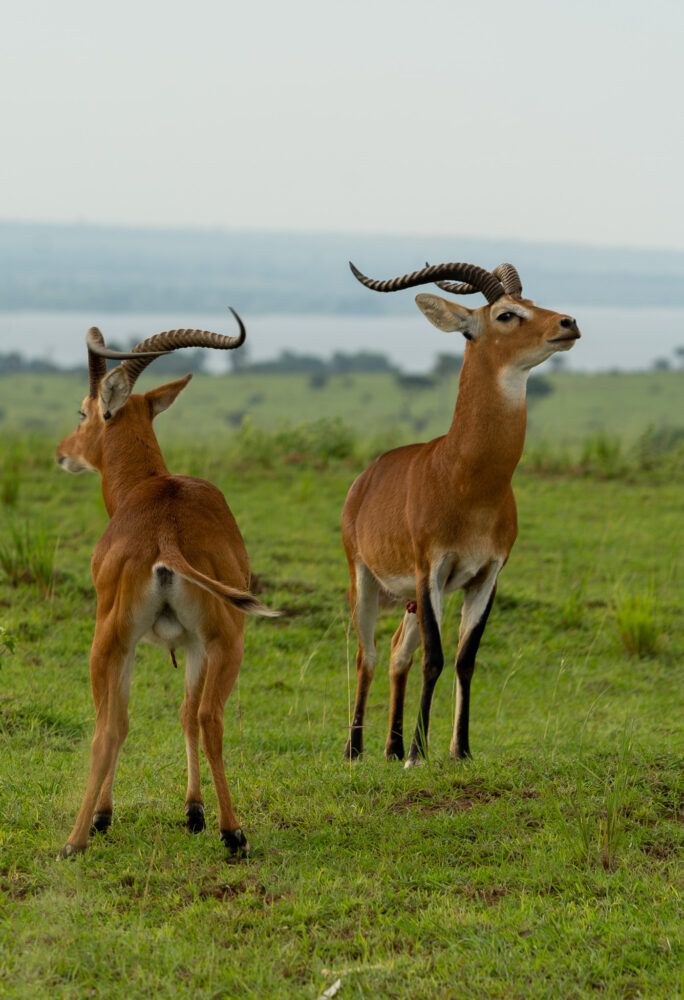
Between the luxury and the backpacker…is the average traveler. Someone who wants to cut away all the extras and go on safari to see incredible wildlife as affordably as possible. For this kind of traveler, there is a third option.
You can self-drive in East Africa.
But don’t just take my word for it. This blog post will breakdown the exact self-drive safari costs we spent on safari in Uganda, Kenya, and Tanzania and compare them to tours offering similar amenities and experiences within the countries. This way, you won’t end up in the clutches of a flytrap.
Flytrap: A slang term in Tanzania that refers to a person who plans itineraries for travelers landing in Arusha and Dar es Salaam without a plan.
This post will examine the accommodation (camping vs. lodges), days spent in each park, flexibility, and cost of each safari option honestly, so that you can make an informed decision and understand what a reasonable amount to spend on a safari is.
How Much You Should Expect to Spend on a Self-Drive Safari?
These budgets consider that you are renting a 4×4 vehicle IN the country and traveling as a couple or two people. It becomes even cheaper if you split the costs among 3 or 4 people or have your own vehicle you are overlanding in.
Here is the exact budget breakdown for each country.
Self-Drive Safari Costs in Uganda
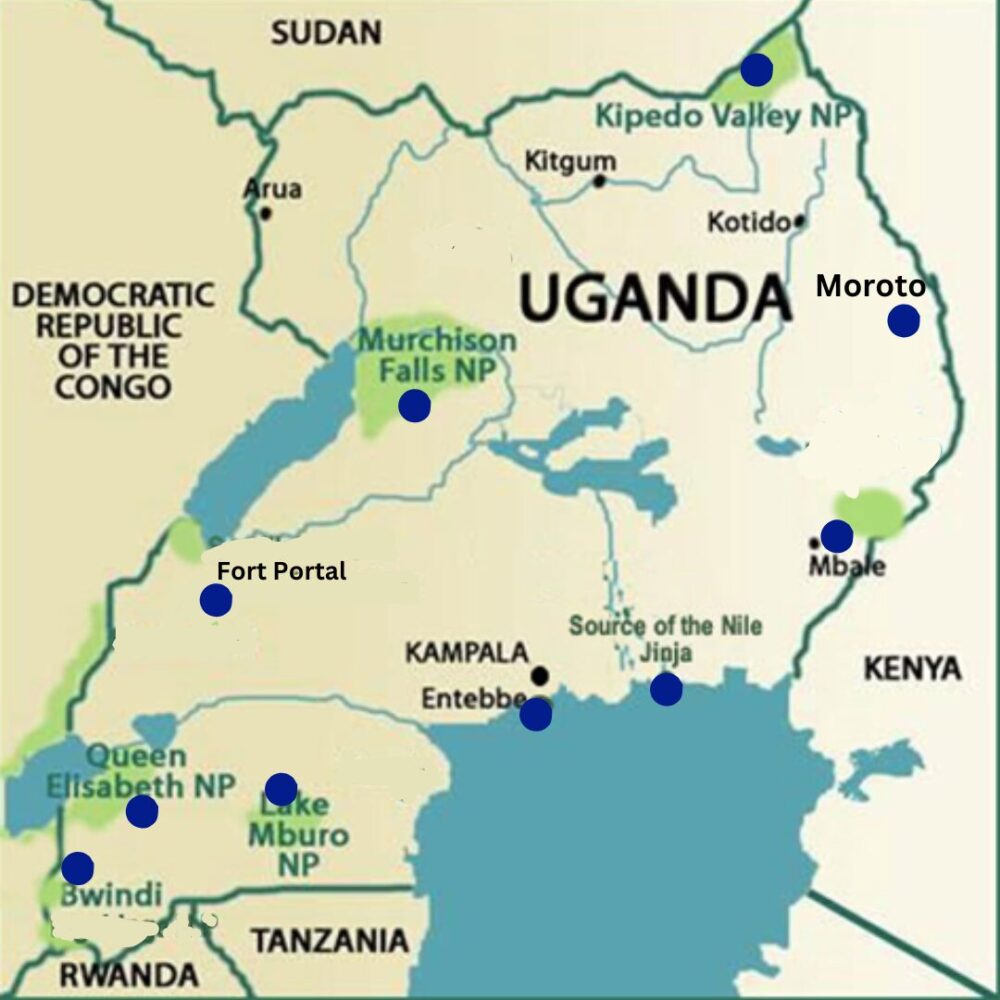
We spent a very long time in Uganda because we loved it. In total, we were in Uganda for 23 days. Obviously, this was not all on safari. But to do all the things that we did in the country, I don’t think you could complete it in less than 20 days. So, for the sake of this blog post, let’s assume you want to road trip in Uganda for 20 days.
$5,231 in total. This comes out to about $2,615.50 per person for 20 days within the country, or about $130 per day per person. This includes the cost of Gorilla Trekking and, of course, the car rental.
Here is the link to Uganda’s updated park entrance fee information.
Self-Drive Safari Costs in Kenya

We spent the least amount of time on safari in Kenya. This was partially because the famous Masaai Mara park no longer allows self-driving and has considerably raised the price of entry. We decided to spend more time in Tanzania instead.
$2,004 total for two people, ten days total self-drive, about $100 per day per person. This allowed us to spend 3 days inside the parks. While I loved the affordability of Hell’s Gate and welcomed it as a warm-up to all the Safari that we had coming…Instead, I would swap this park with another one like Tsavo East or Amboseli to maximize the diversity of wildlife you’ll experience.
Here is the link to the up-to-date park entrance fee information for Kenya.
Self-Drive Safari Costs in Tanzania
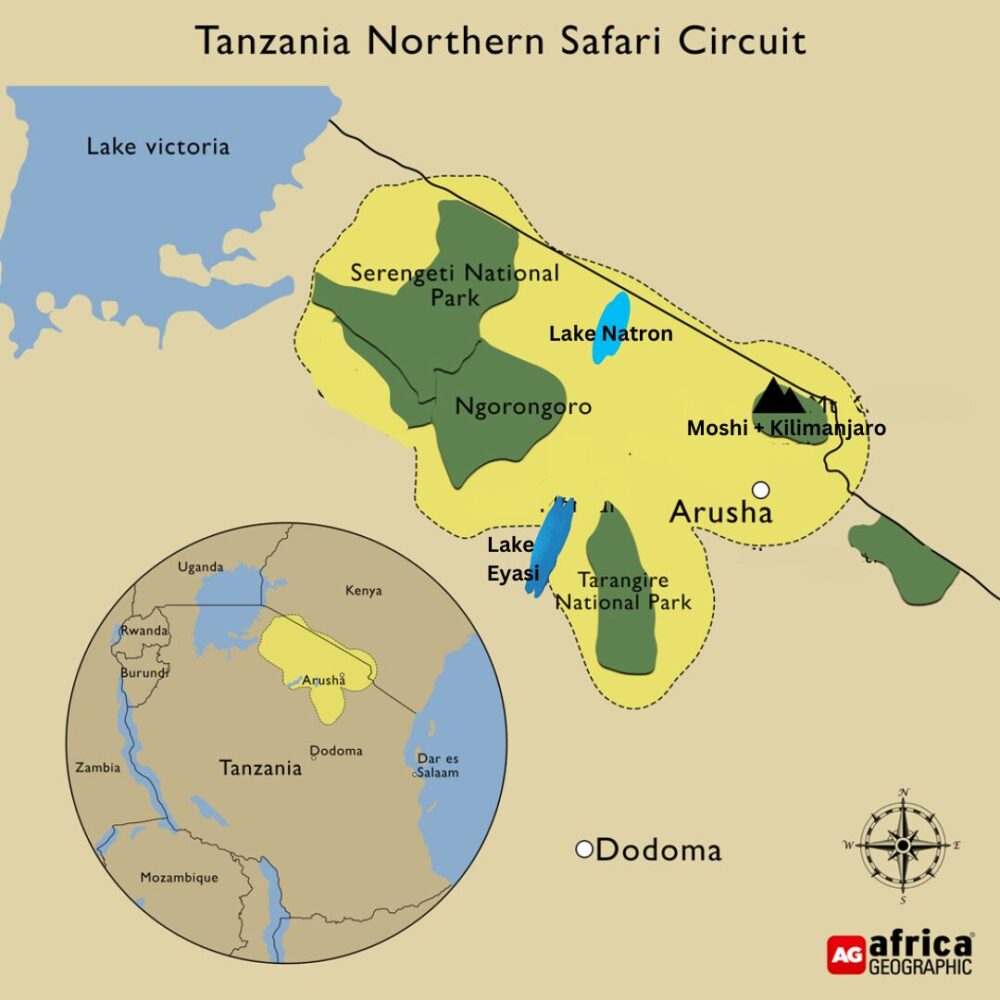
In Tanzania, we traveled as a group of four. While I highly recommend it for budget-saving reasons, I’m going to adjust my totals so that they reflect what it WOULD have cost us had we been only two people inside a rental vehicle.
READ MORE: A self-drive 11-day Tanzania Itinerary & a Guide to Serengeti National Park.
Car Rental Fee Note: You’ll notice immediately that we spent FAR more on a rental car in Tanzania than in Uganda and Kenya. Finding a car rental for about $120 per day would be feasible. We traveled with Road Trip Africa for this leg of the trip. While they are an incredibly well-organized company with exceptional vehicles and reliable gear, you’ll pay extra for these comforts. We had no problems renting from Active African Vacations in Uganda and Kenya. They just are a little looser in the kit you get, with each car enjoying its own hodgepodge of items. I will meet in the middle and list the rental vehicle as $150 per day.
$4,215 for two people for 14 days, which is about $150 per person per day. Tanzania is just slightly the most expensive safari option of the three countries. If you get a slightly better deal on the car, then this could drive the cost down considerably. Despite the higher price, I have to say that of the three countries, Tanzania was my favorite to safari in.
Here is the link to Tanzania’s up-to-date park entrance fee information.
Which East African Country is Best for a Budget Self-Drive Safari
Before visiting East Africa, I could not understand why it was so hard to find the answer to this question online. Now, I get it. A little bit.
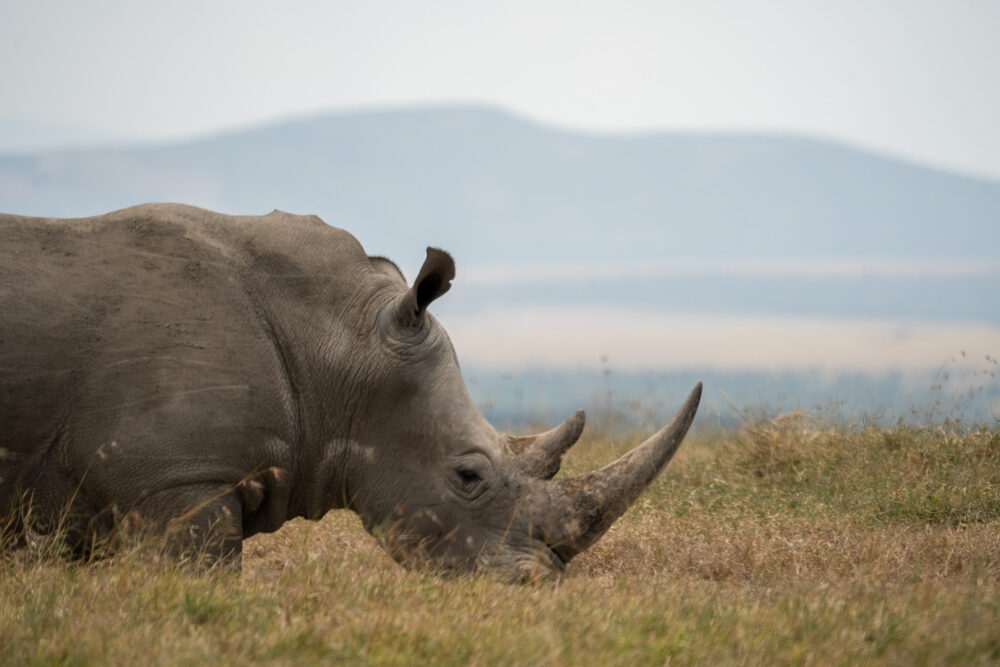
When you look at park prices and car rental fees, Uganda is the cheapest destination of the three. But if you plan to add Gorilla Trekking to your itinerary… it will ramp up the cost exponentially.
The other complicated factor is that to see ALL the best safari destinations in Uganda, you need to embark on a much longer trip. In contrast, Kenya and Tanzania can be visited and sufficiently safaried in as little as five days to a week.
Because of this, if you want the cheapest possible option, you want a short trip, and you probably want Kenya.
Although it will probably be wildly unhelpful and only muddy the water for you, I still think that UGANDA offers the most bang for your buck when you consider diversity. You will still see lions, leopards, elephants, and all the trademark wildlife of East Africa (minus the Rhino) as well as Mountain Gorillas. You also get a lot more culture packed into the 3-week-long full country route I described above.
Is it Safe to Self-Drive in East Africa?
When browsing the internet to decide if a self-drive safari is for you, you might come across images like this.
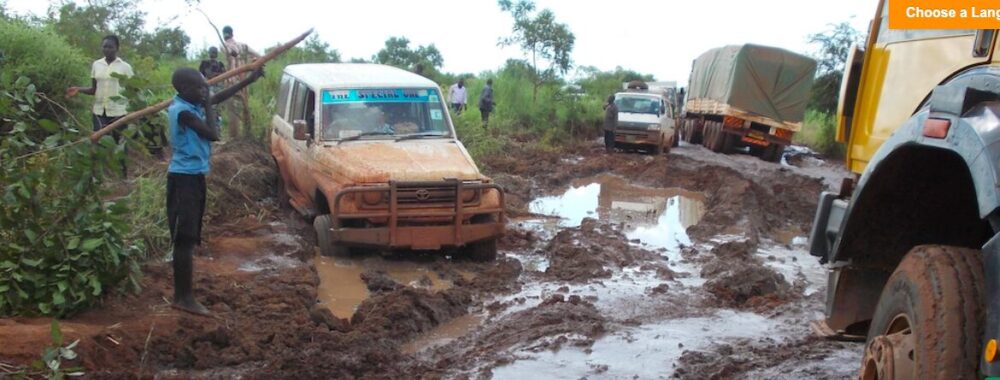
Now, I’m not sure where exactly this photo was taken but I can assure you after driving through 4 East African countries over several months (in the dry season) I never encountered a road even a little bit comparable to this one.
You’ll notice many safari companies write blog posts trying to discourage drivers from doing it themselves; this is likely just to sell you their services. Now, roads in East Africa are not perfect by any means, but as long as you travel in the dry season (better for wildlife anyway), you won’t find anything more challenging than some pot-holed dirt roads and washboard sections within the national parks.
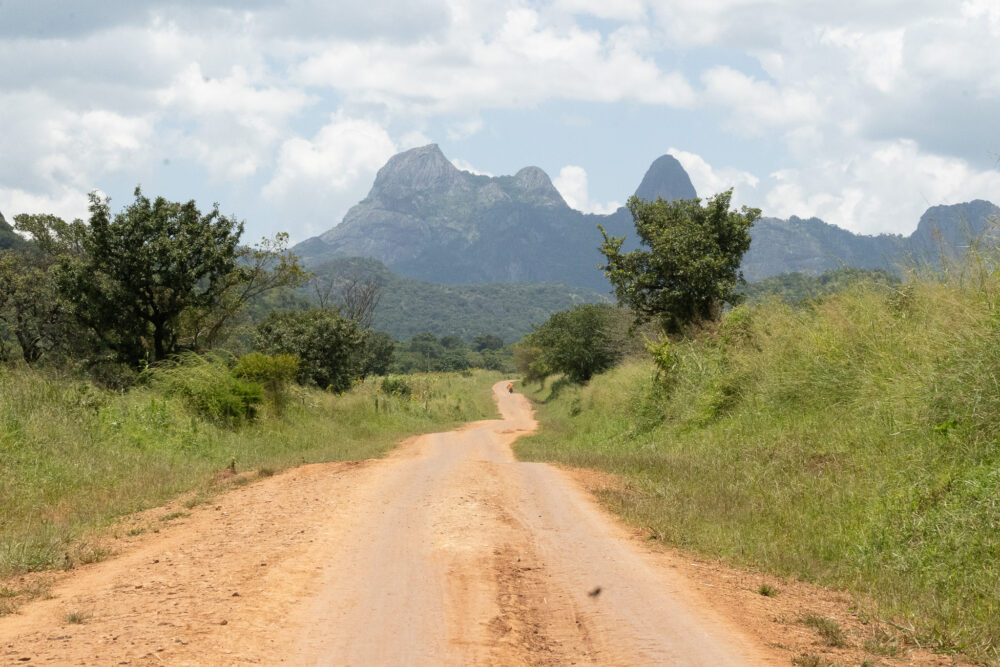
Of the countries listed above, Uganda has the worst roads. Kenya, if you head off the main paths in the Samburu area, also has some not-so-great dirt tracks. Tanzania has an excellent road system, and even in the depths of the Serengeti, we were impressed at the ease of driving. You just need to go slowly. Pole Pole. You are looking for wildlife, after all.
The other large concern is theft.
Going out to a Nairobi nightclub is far more risky than driving in any of these countries. Wild camping is not permitted, so you will have to pay to stay in secure campsites each evening. We never encountered theft and didn’t meet anyone who had their car broken into in any of these 4 countries.
3 Ways to Make Your Self-Drive Safari Cheaper
- Renting a 4×4 that is NOT a Landcruiser. Landcruisers have to pay $20 per day in Tanzania’s parks, while other vehicles only have to pay $10. It will probably save you money on fuel as well.
- Adding some friends to your group! A Landcruiser or similar can fit four people and all their gear very comfortably, and the costs are driven down considerably (to about $95 per person per day)
- Shop around for the best car rental price. Active African Vacations gave us the best price and allowed us to take the car across borders.
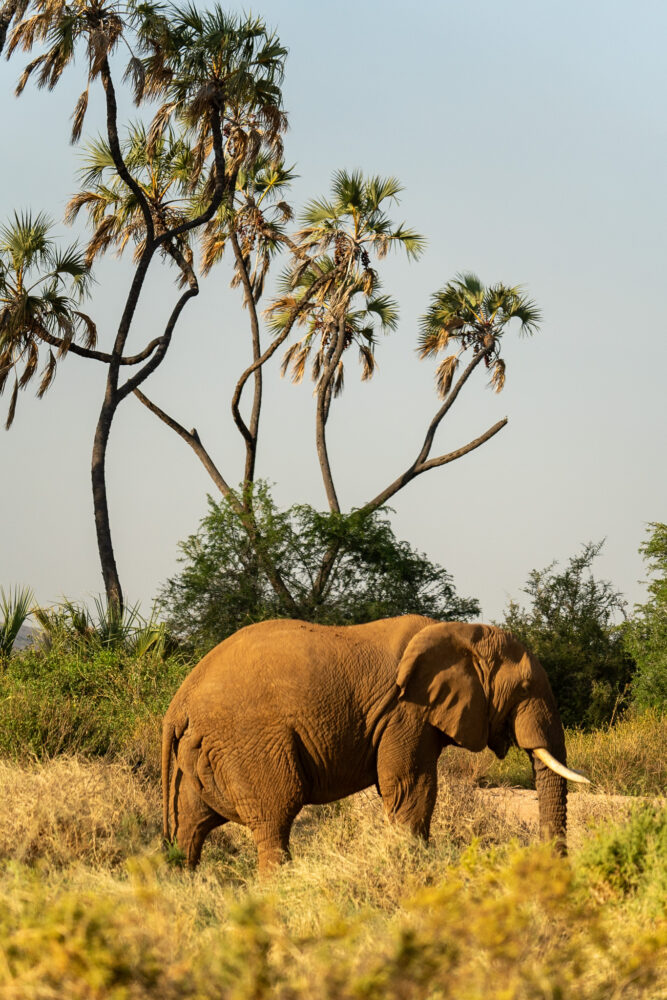
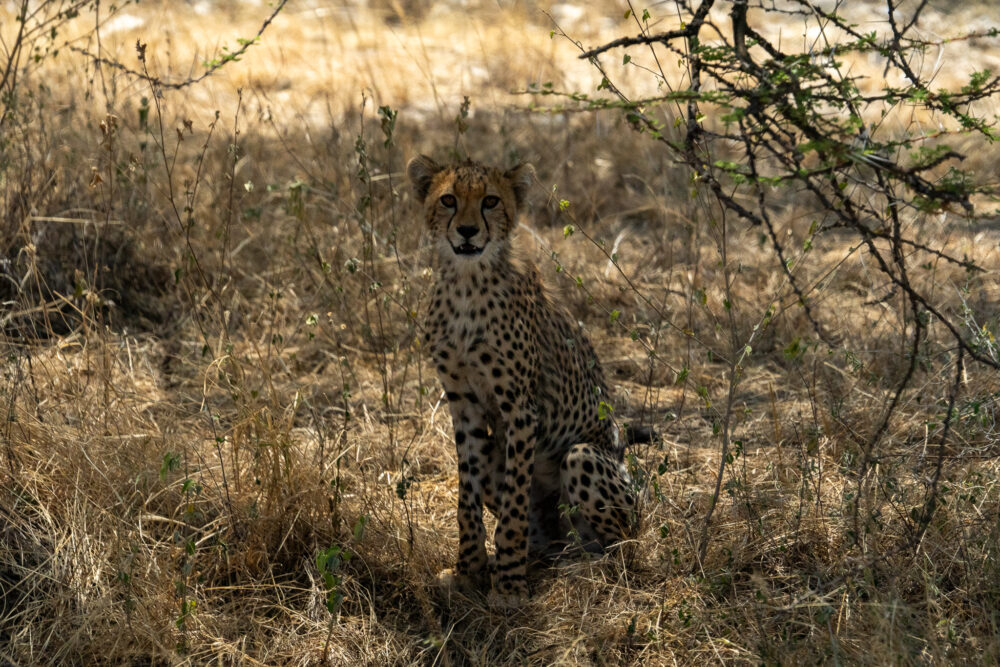
Self-Drive Safari Costs vs Group Tour Safari Cost Comparison
Now, the real moment you’ve been waiting for. This table compares the costs of self-driving with comparable tours in East Africa. But first, there are a few caveats before the table.
- You’ll notice a “Kenya-Only Itinerary” is conspicuously absent. This is because there are no comparable tours to what we did in Kenya. Most tours focus on the Mara, which you cannot self-drive.
- Tanzania dominates the list because we stuck to the main attractions in Tanzania, and there are MANY tours similar to what we did.
- All the tours are linked in the table so you can find + book them easily.
- The tours are also based on GROUP prices. This means that while you might get lucky and have the tour to yourself, you are more likely to share it with 4-10 other people.
- If, for some reason, the table doesn’t populate for you, you can find it here.
Conclusion: While all our self-driving itineraries were longer than the tours, they were also noticeably cheaper, even considering there are only two of you. I can officially confirm that you will save about 25% the cost by doing it yourself. 50% when you consider the length of time you’ll be on the road.
Benefits of Self-Driving on Safari
It’s not just the price tag that made us choose self-drive for our safari. There are some obvious pros to going on safari without a tour. Here are a handful of the benefits that we experienced.
- It’s cheaper.
- You can start your game drives earlier than everyone else. This allowed us to see lions EVERY morning we were in the national parks. Tours are notoriously slow to get going in the morning, which is peak wildlife-watching time.
- You can stay to watch the wildlife long after everyone else has left. For some reason, the tours really have to follow a schedule, and you’ll often notice that they don’t stay very long with any one animal or pride. If you self-drive, you can stay as long as you would like.
- You dictate what animals you search for in the park. I love an obscure animal sighting. I spotted a honey badger and a bat-eared fox while other cars were focused on looking for lions.
- You don’t have to stop for lunch. Don’t get me wrong, we would still eat. We would just eat on the go rather than park it at a picnic spot for 1.5 hours in the middle of your safari.
- Often, you’ll get much more private sightings of wildlife without all the cars around. This is my biggest pet peeve about national parks in East Africa. Guides radio to one another and alert other cars to the Big 5 when they spot them, and then dozens of cars descend on the animals. This means if you join a guided tour, you’ll likely just chase radio signals all day long and be constantly within the dense crowd of cars. We often happened upon lions, leopards, and cheetahs all on our own which led to much more intimate sightings.
- You can camp at the best/most remote sites, allowing even more wildlife!
- It’s far more personalized and far more fun.
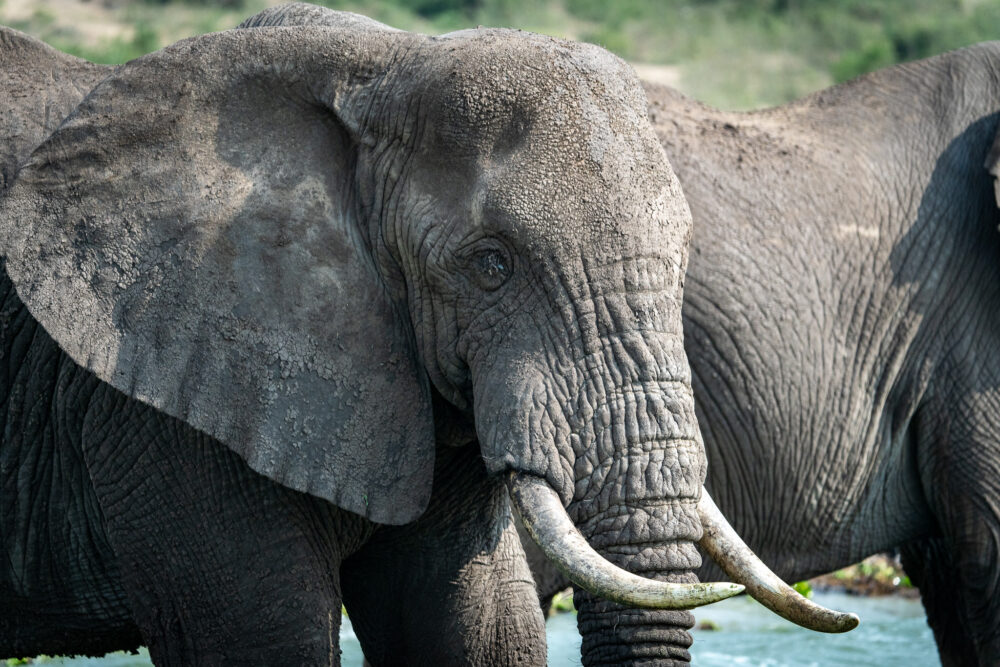
Benefits of Joining a Tour
Playing devil’s advocate here…this is why you should consider a guided tour instead.
- You get to sit back and relax. It will feel less like a holiday and more like an adventure if you self drive.
- You won’t have to hassle with constant decision-making and sub-par roads. Yes, you’ll still get rattled along the same bumpy paths, but you won’t have to navigate them.
….that’s it.
My biggest concern when choosing to self-drive was whether it would be difficult to find the wildlife on our own. But we quickly realized that wouldn’t be a problem. In most instances, we were more successful at the end of the day than other campers on a guided group tour.
Save Our Self-Drive Safari Costs For Later!

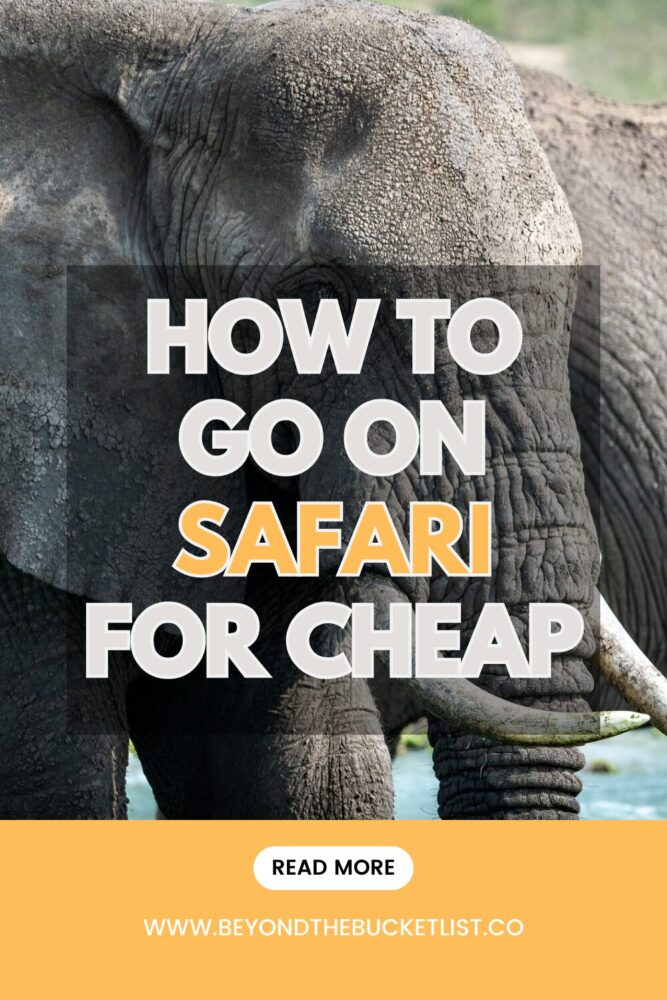
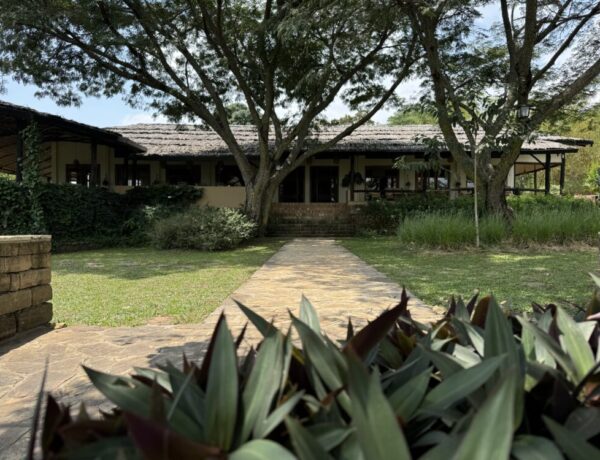
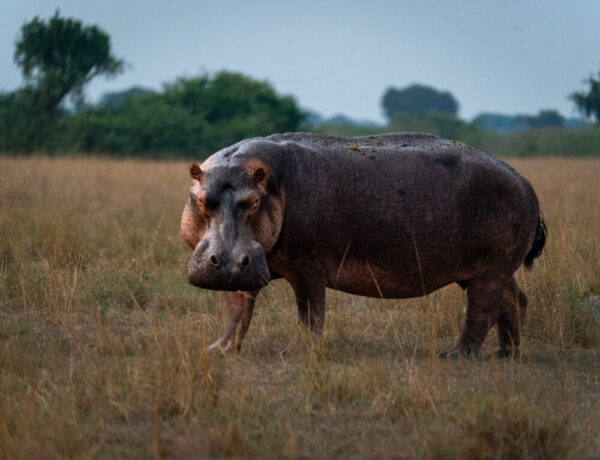
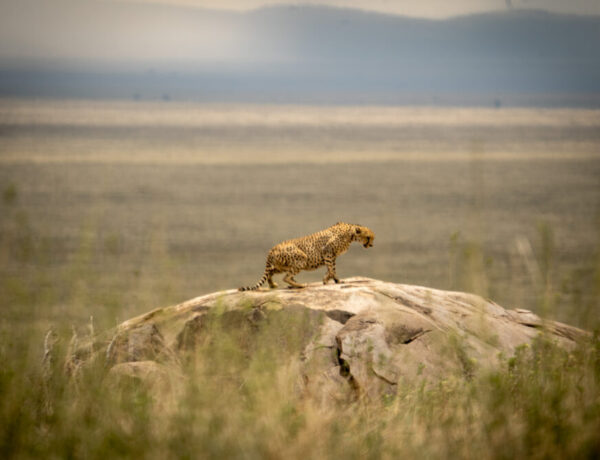


No Comments